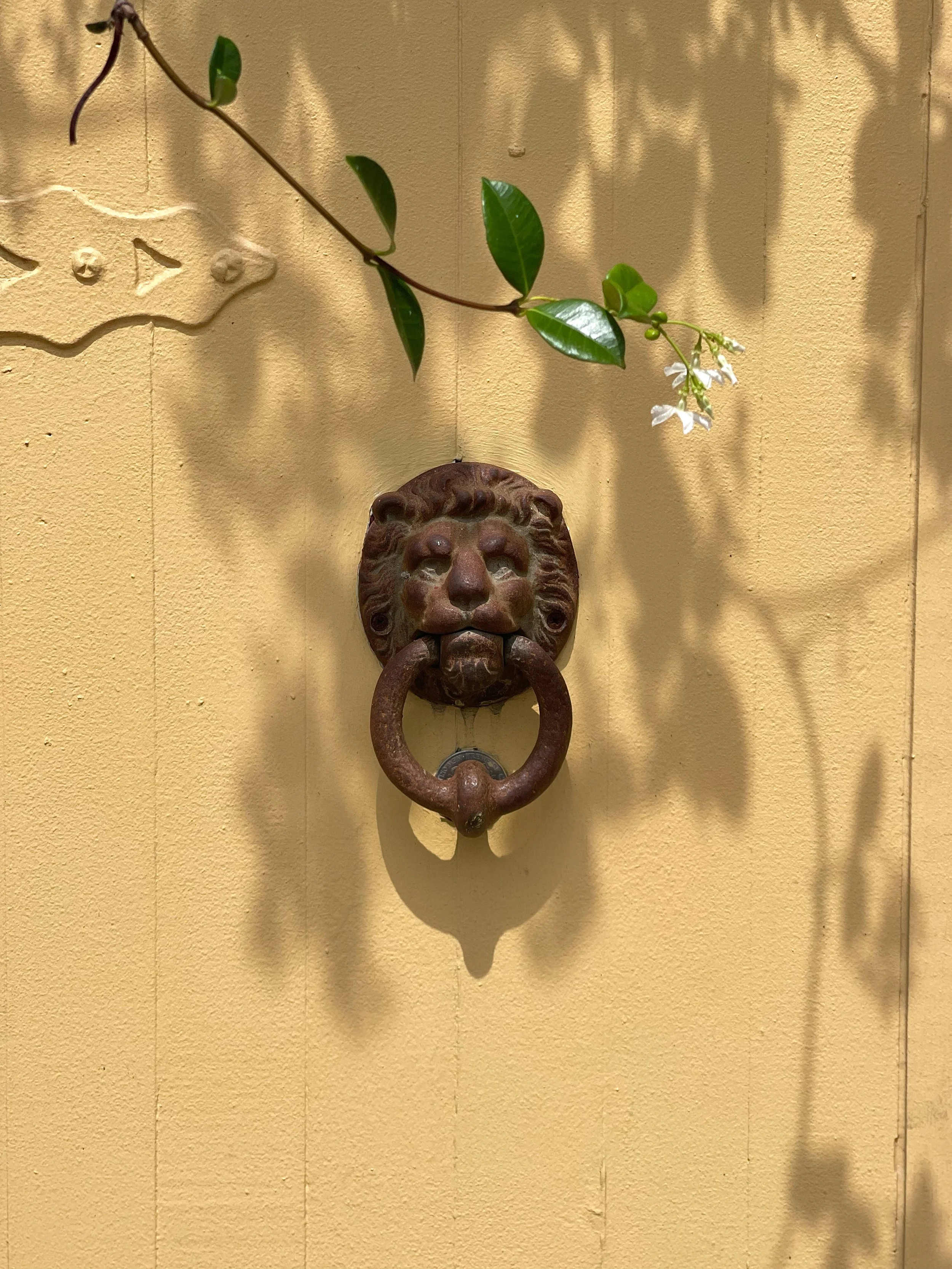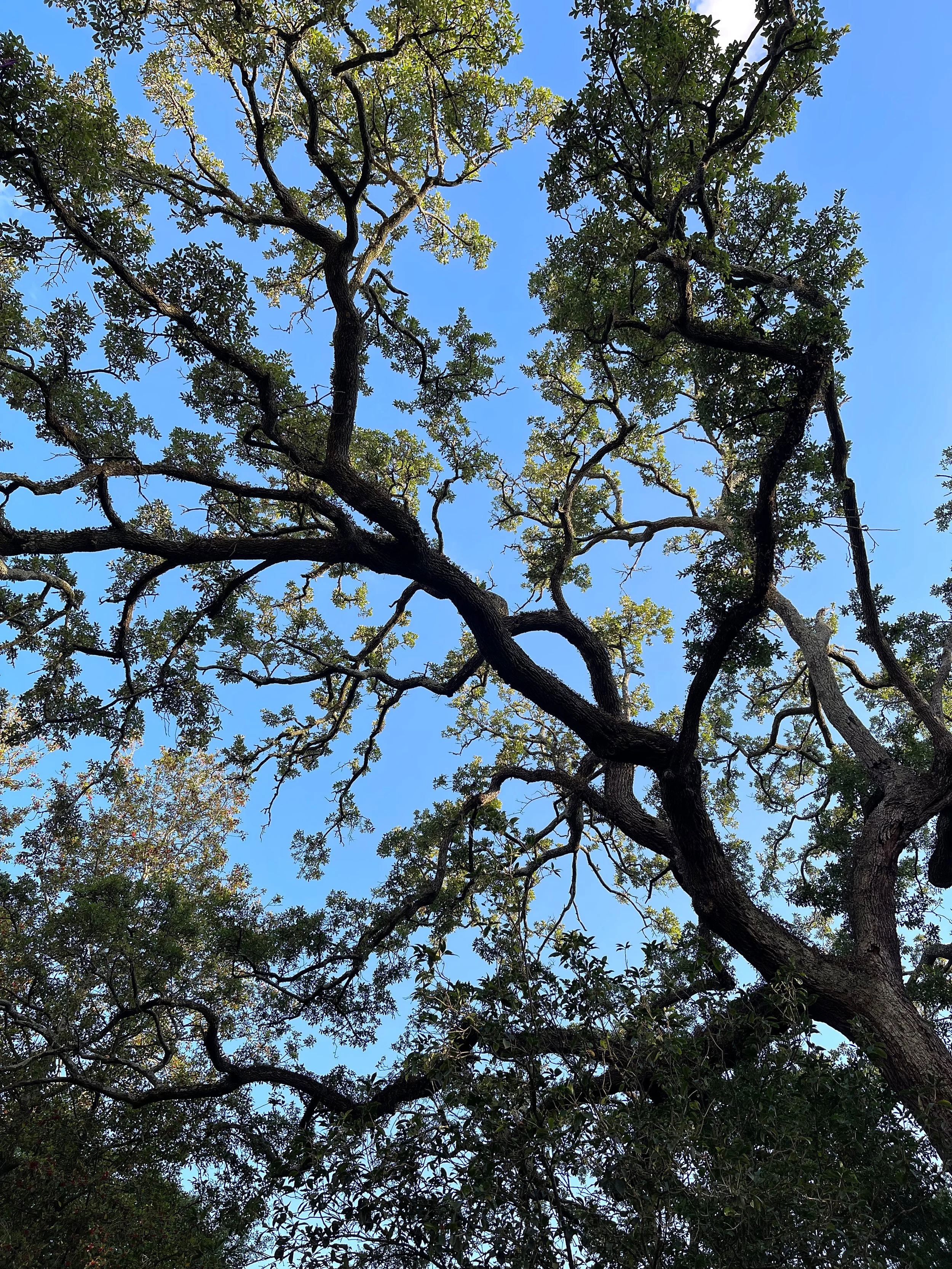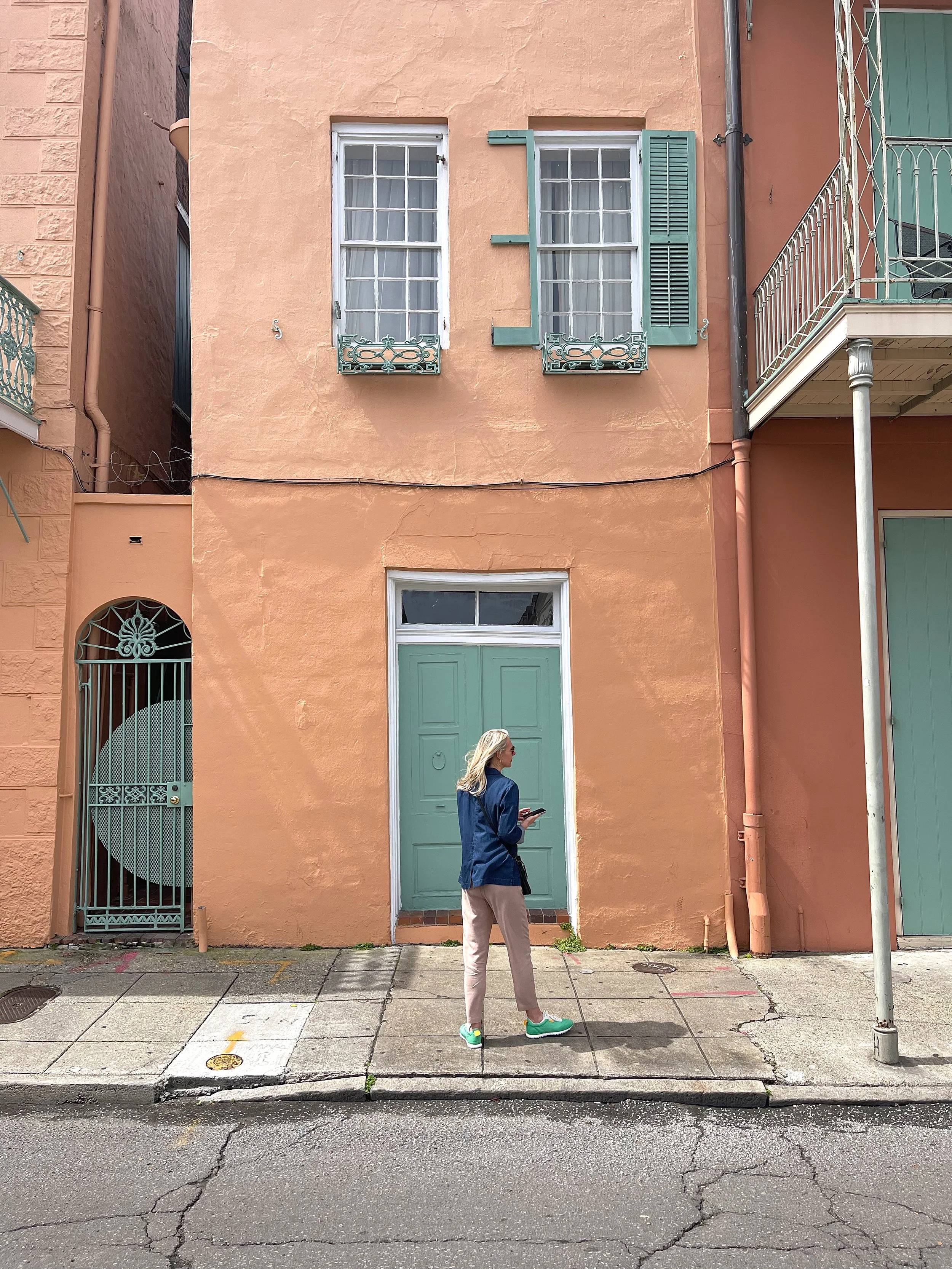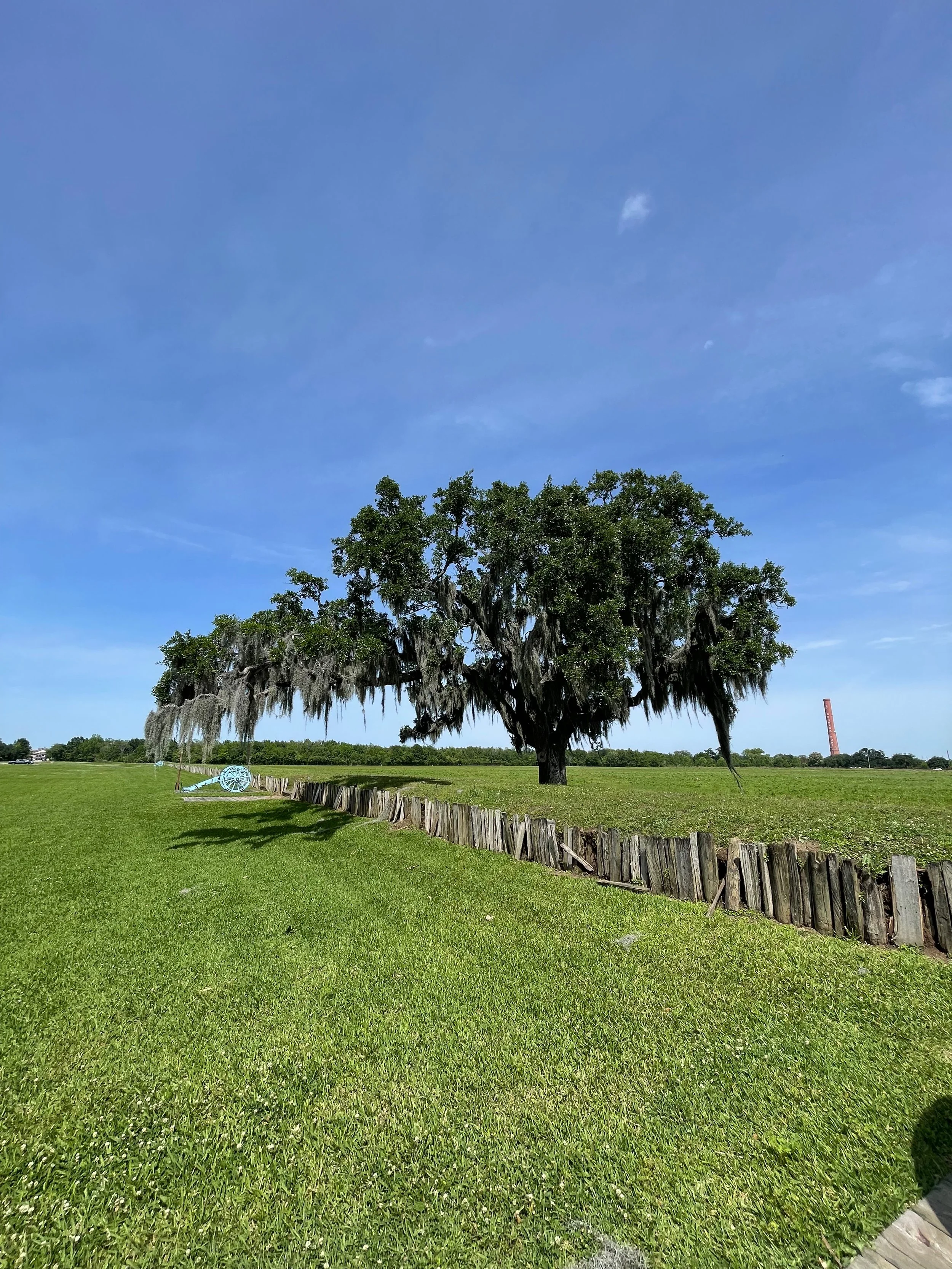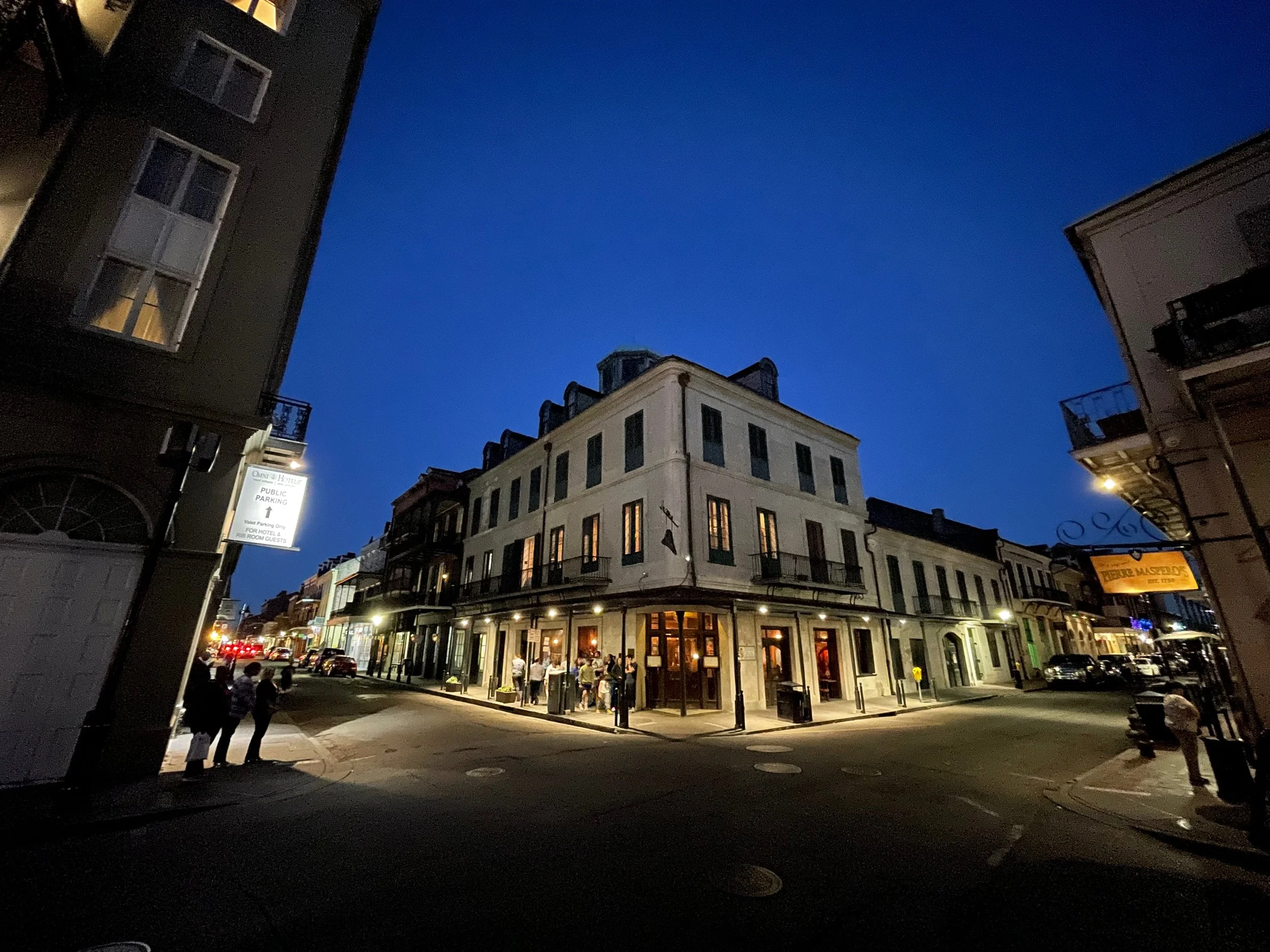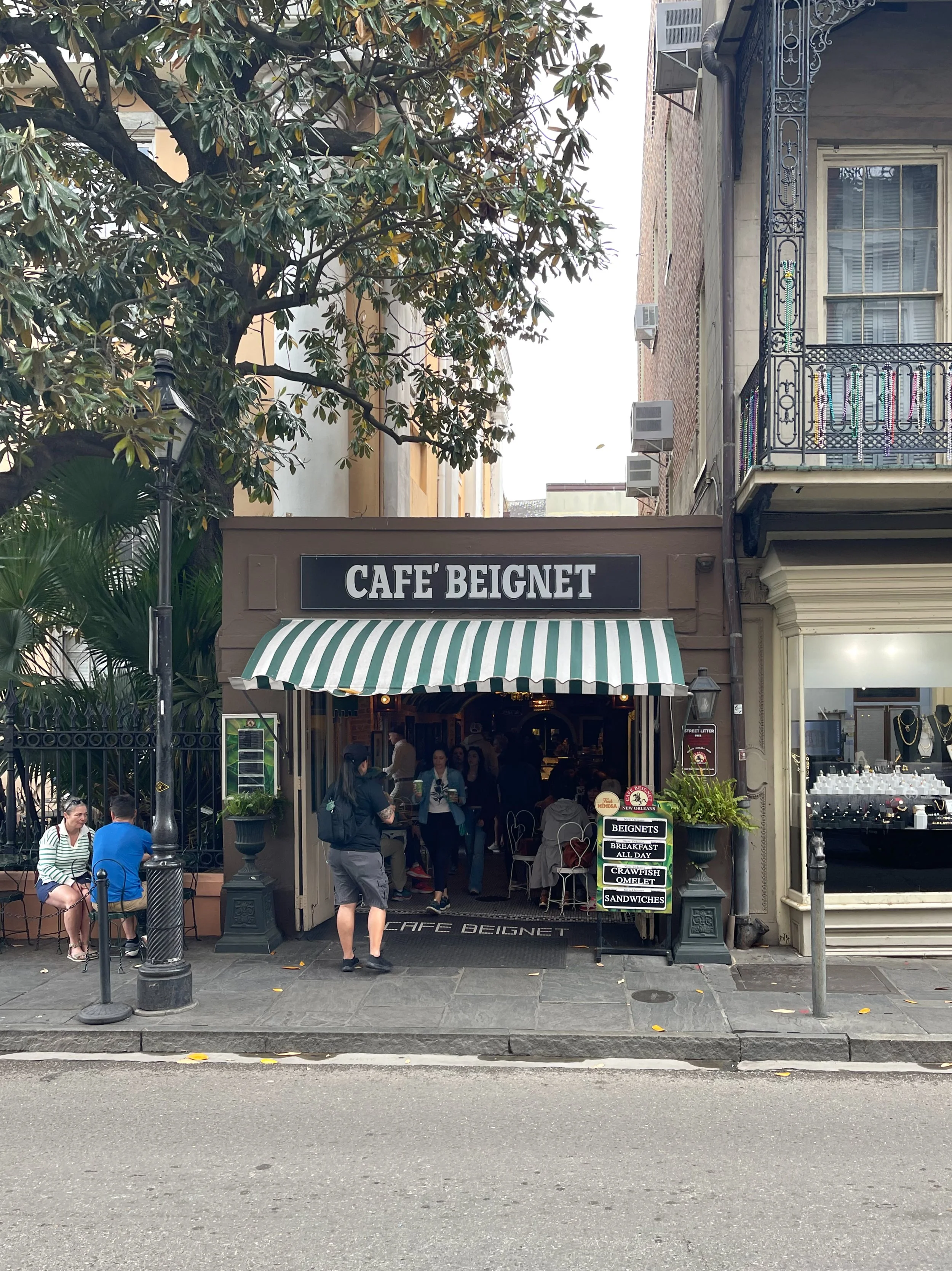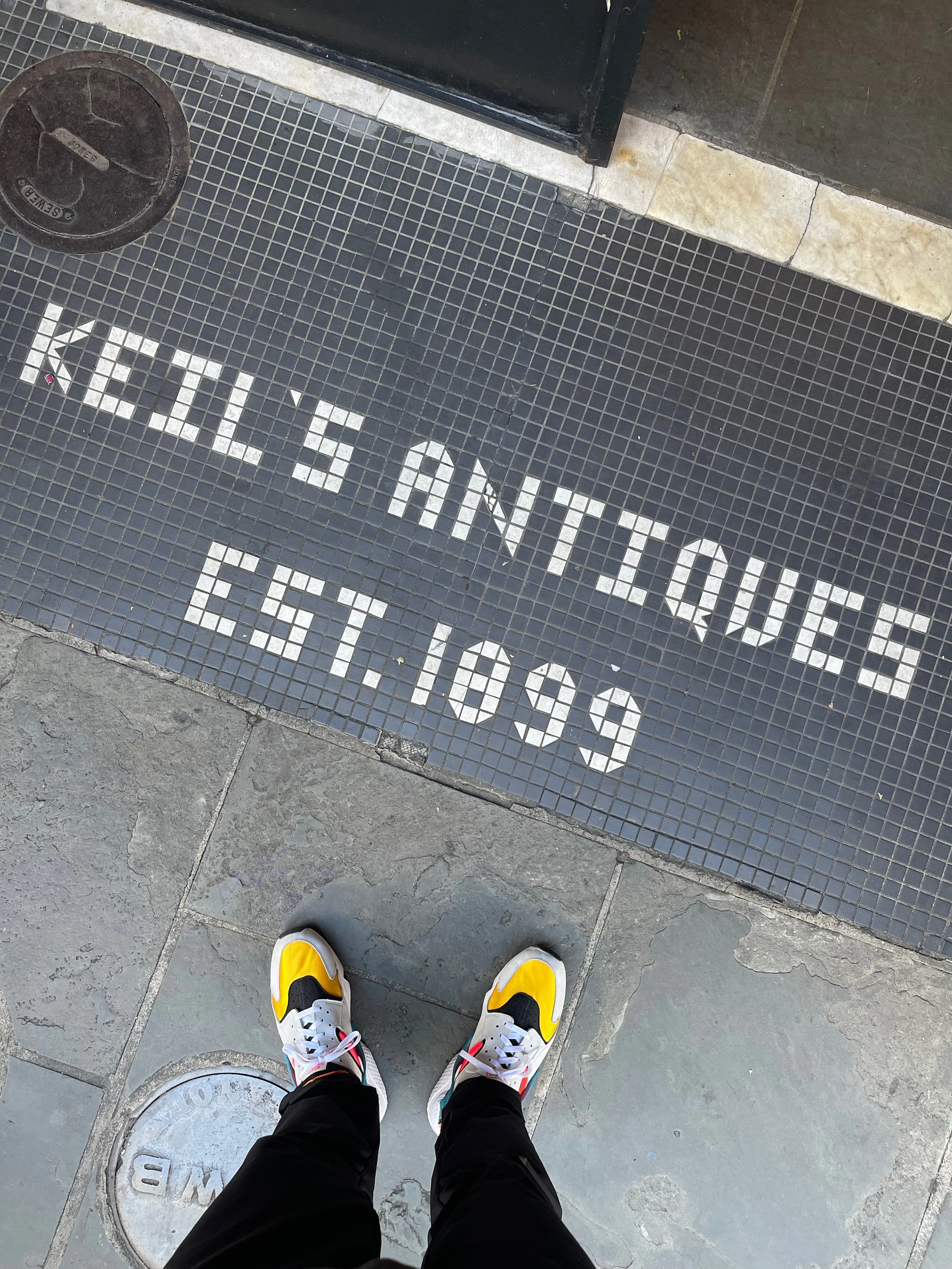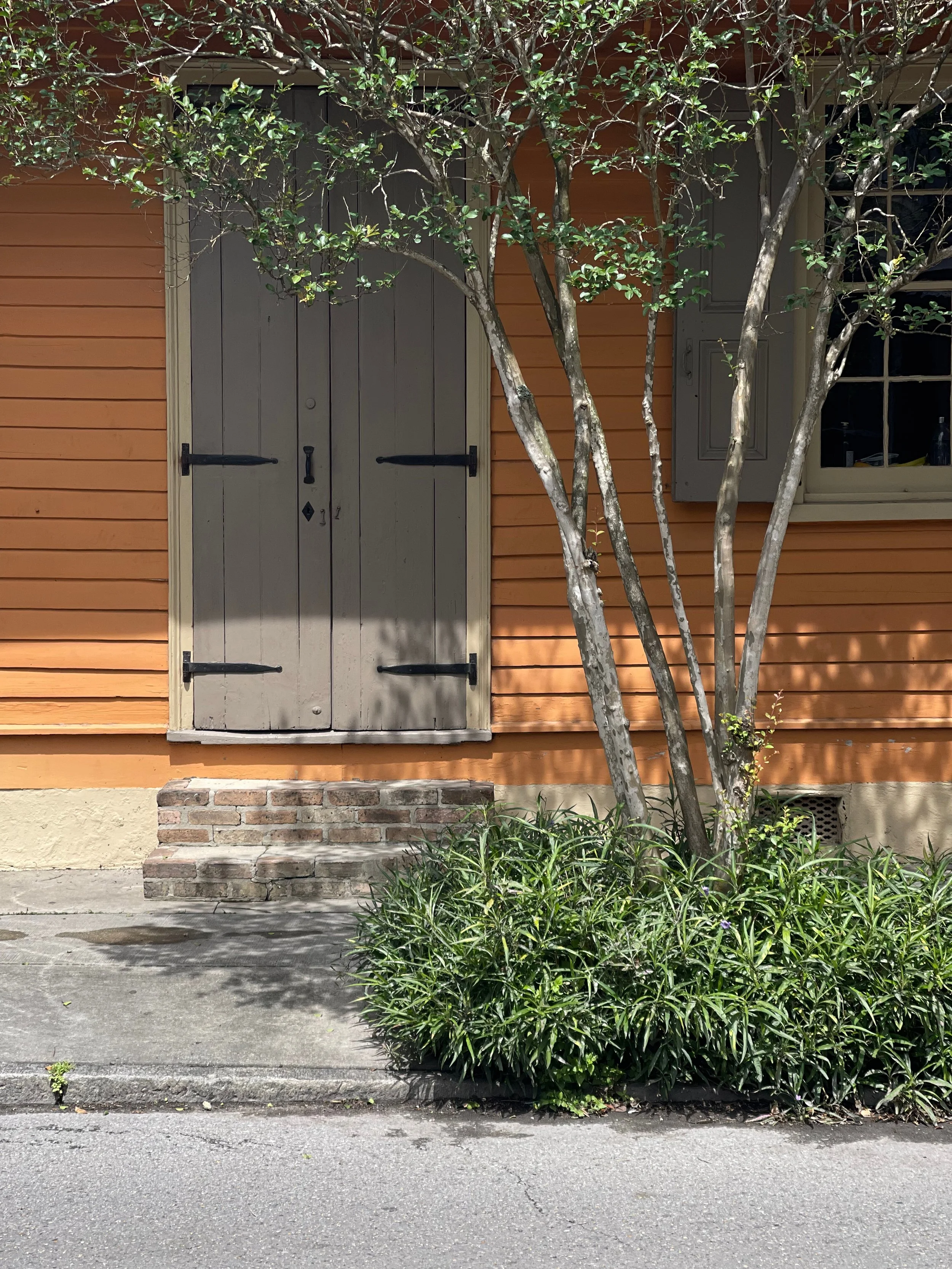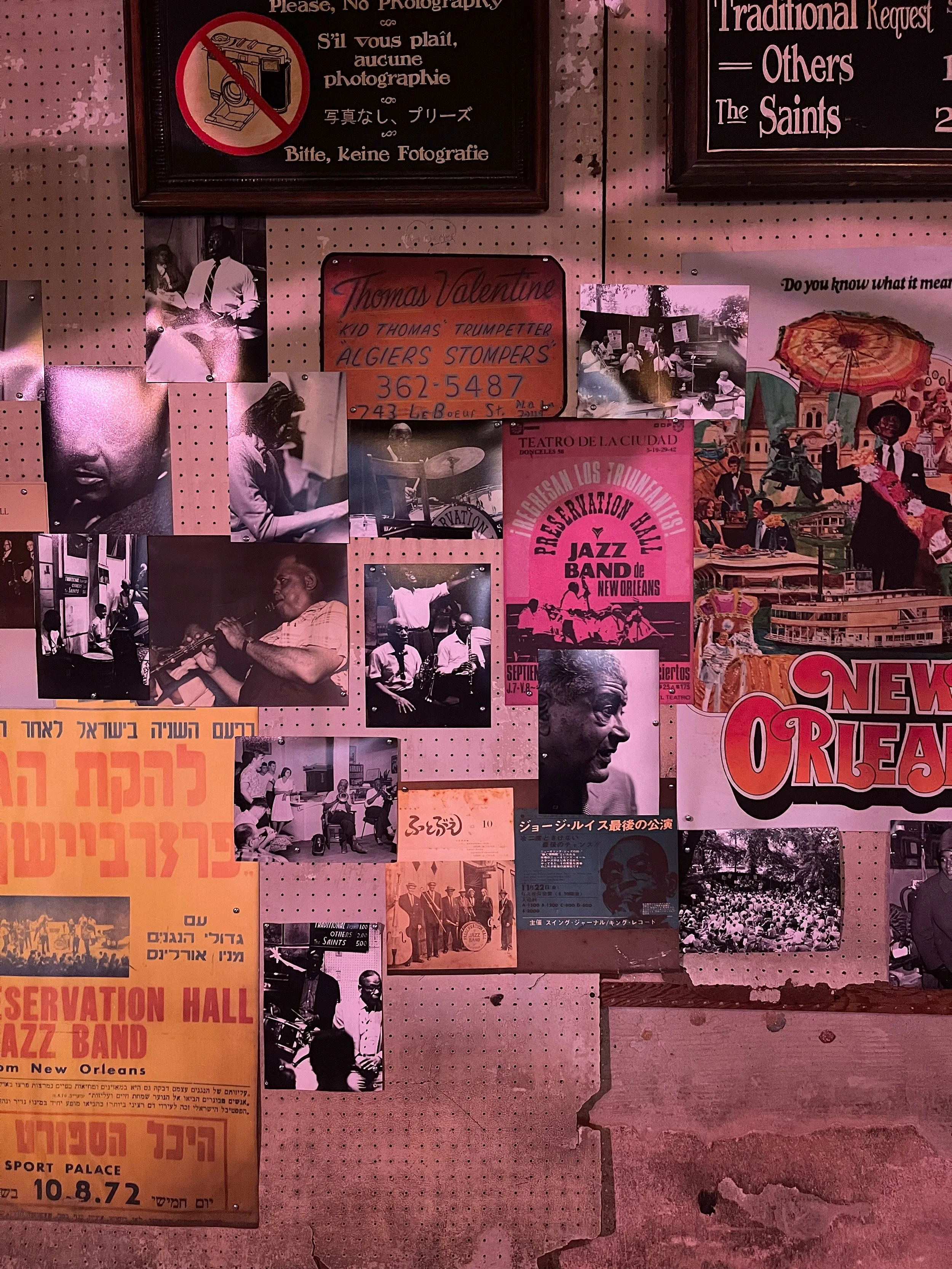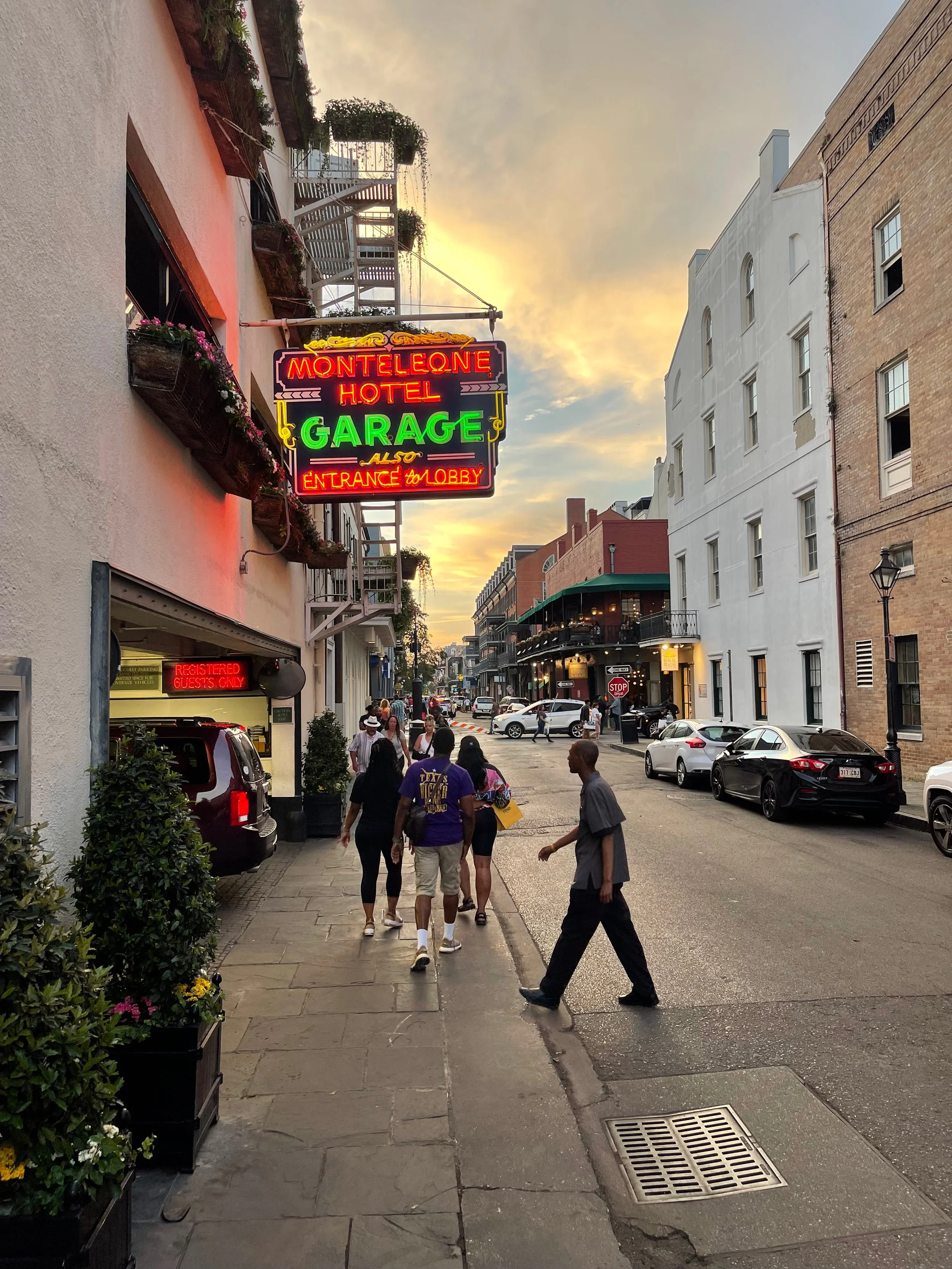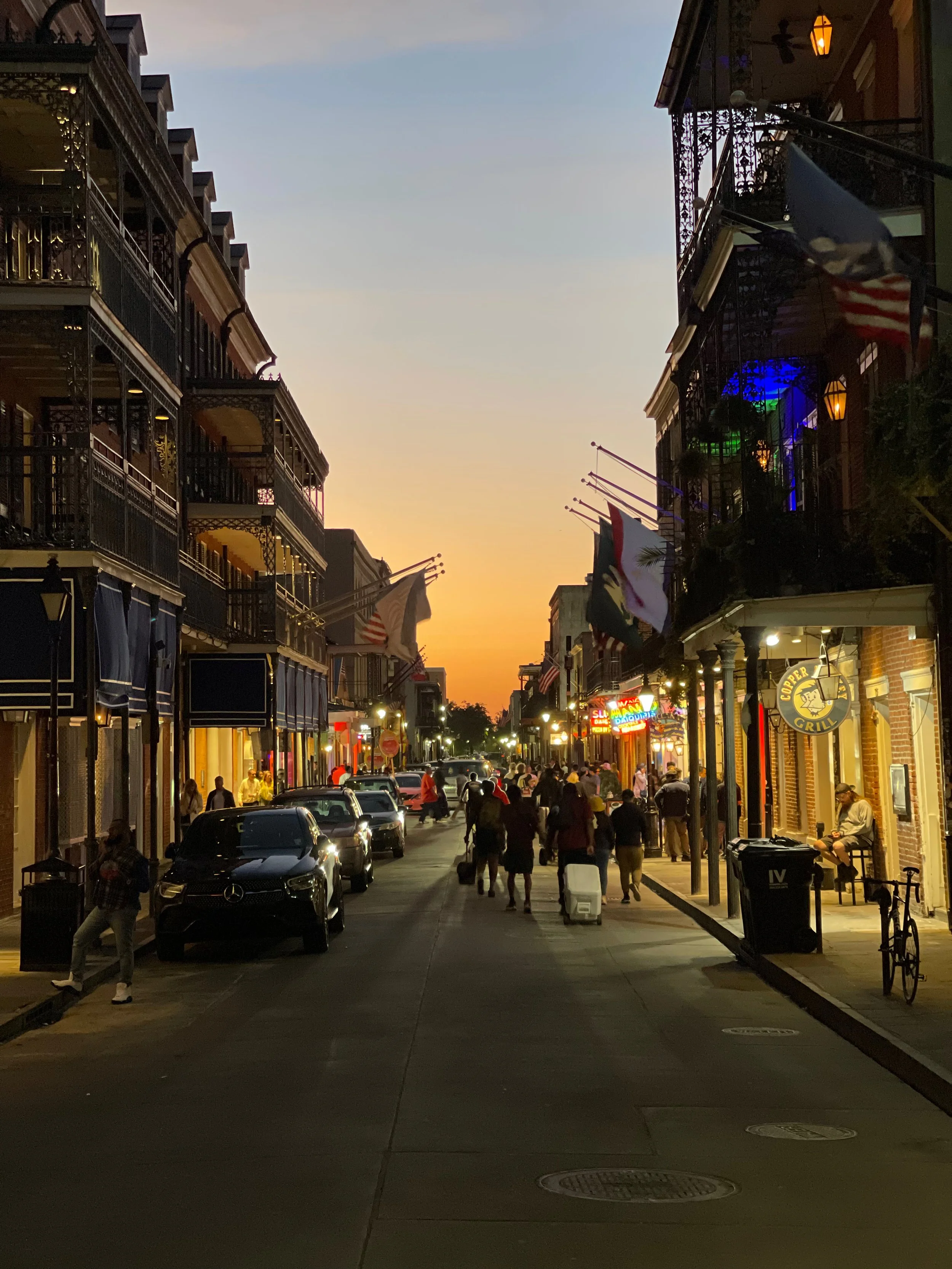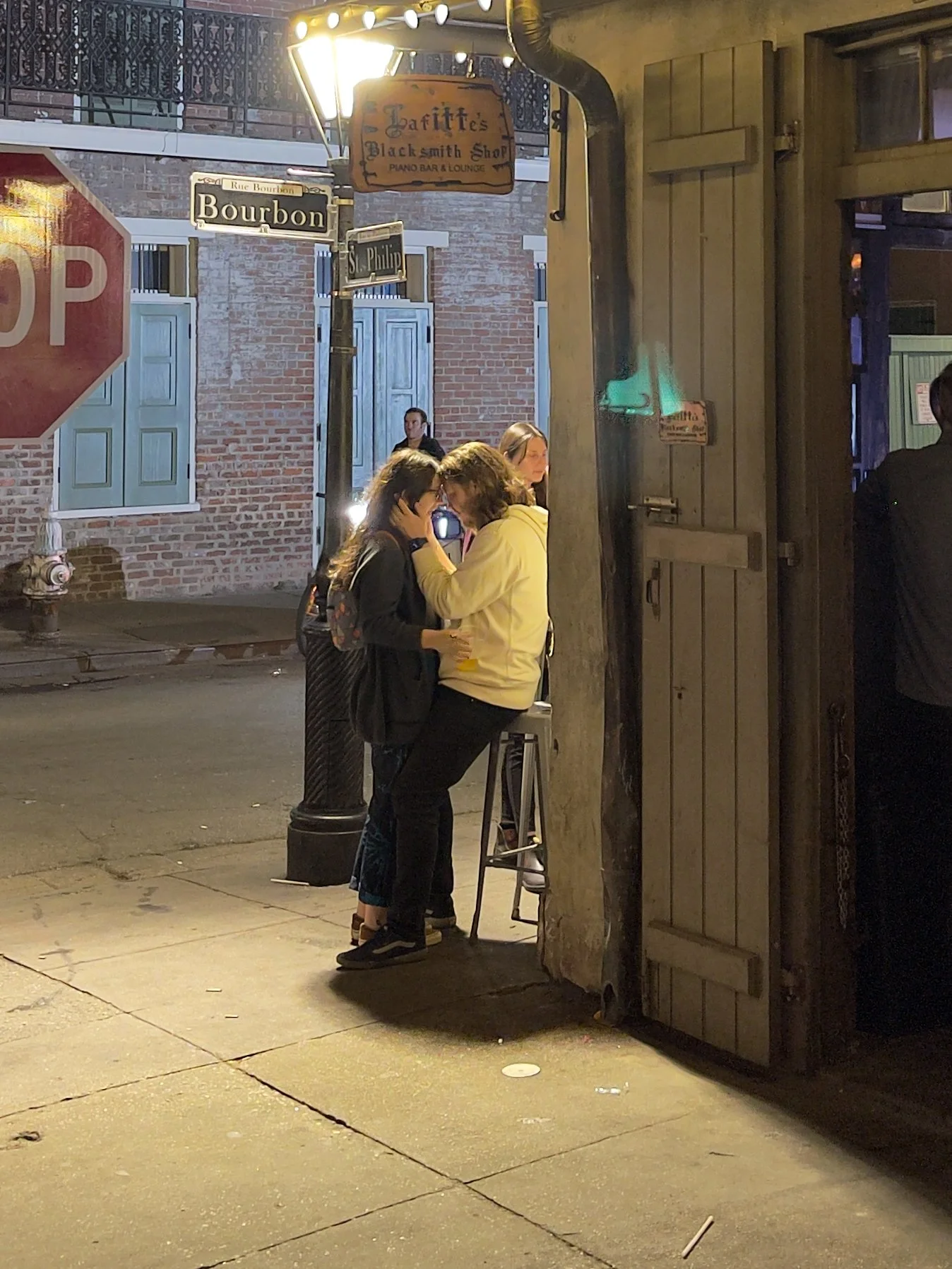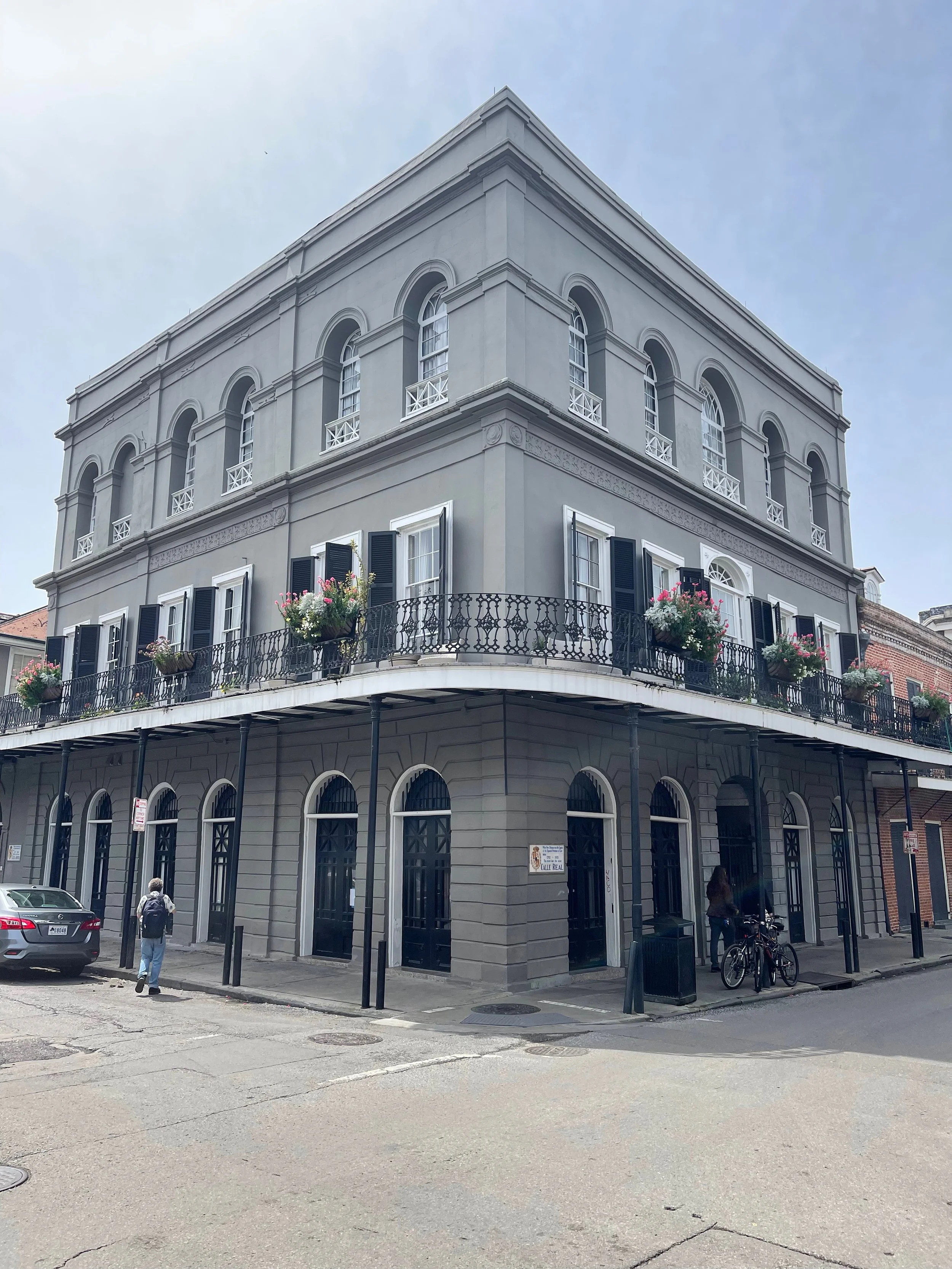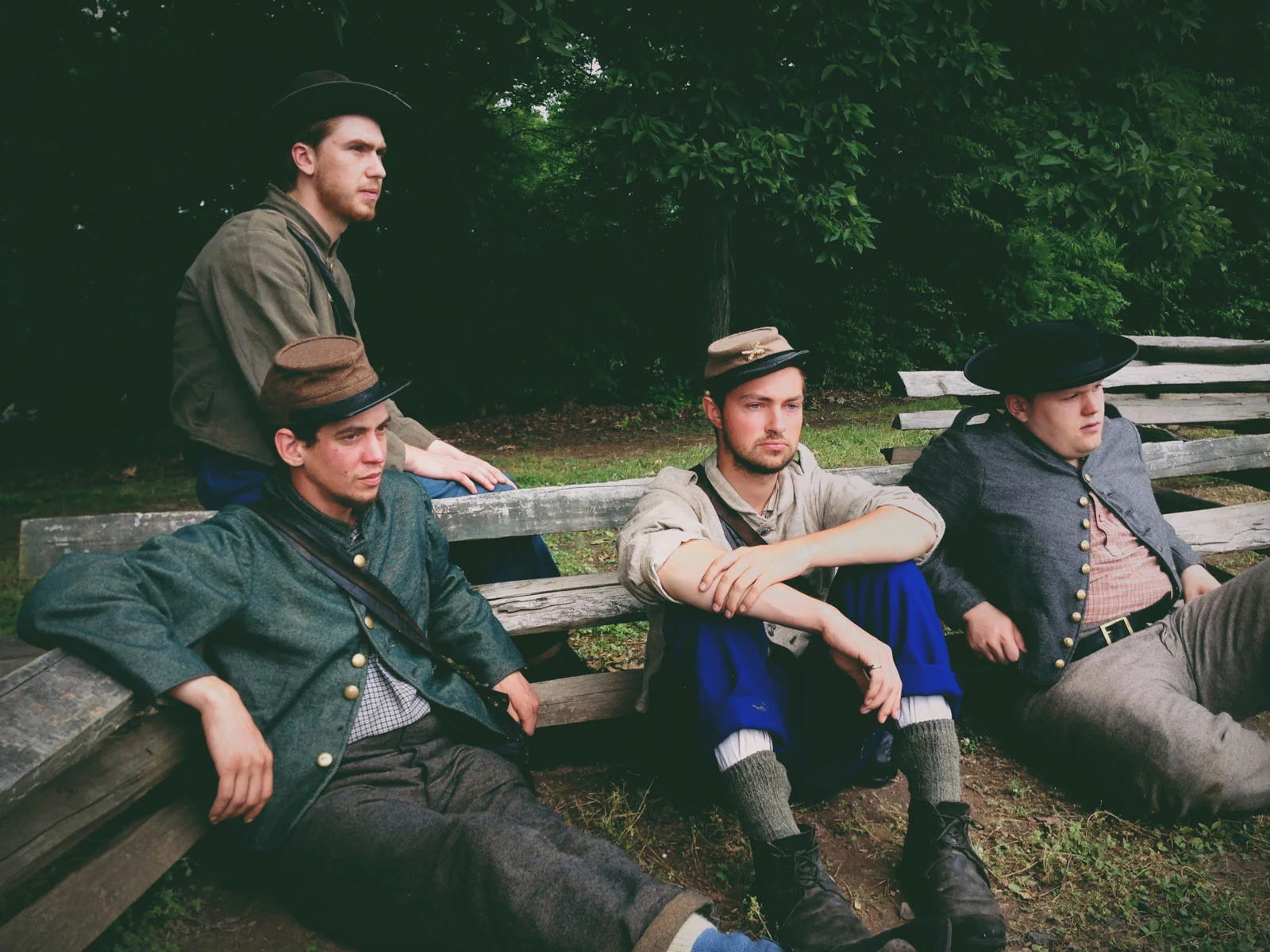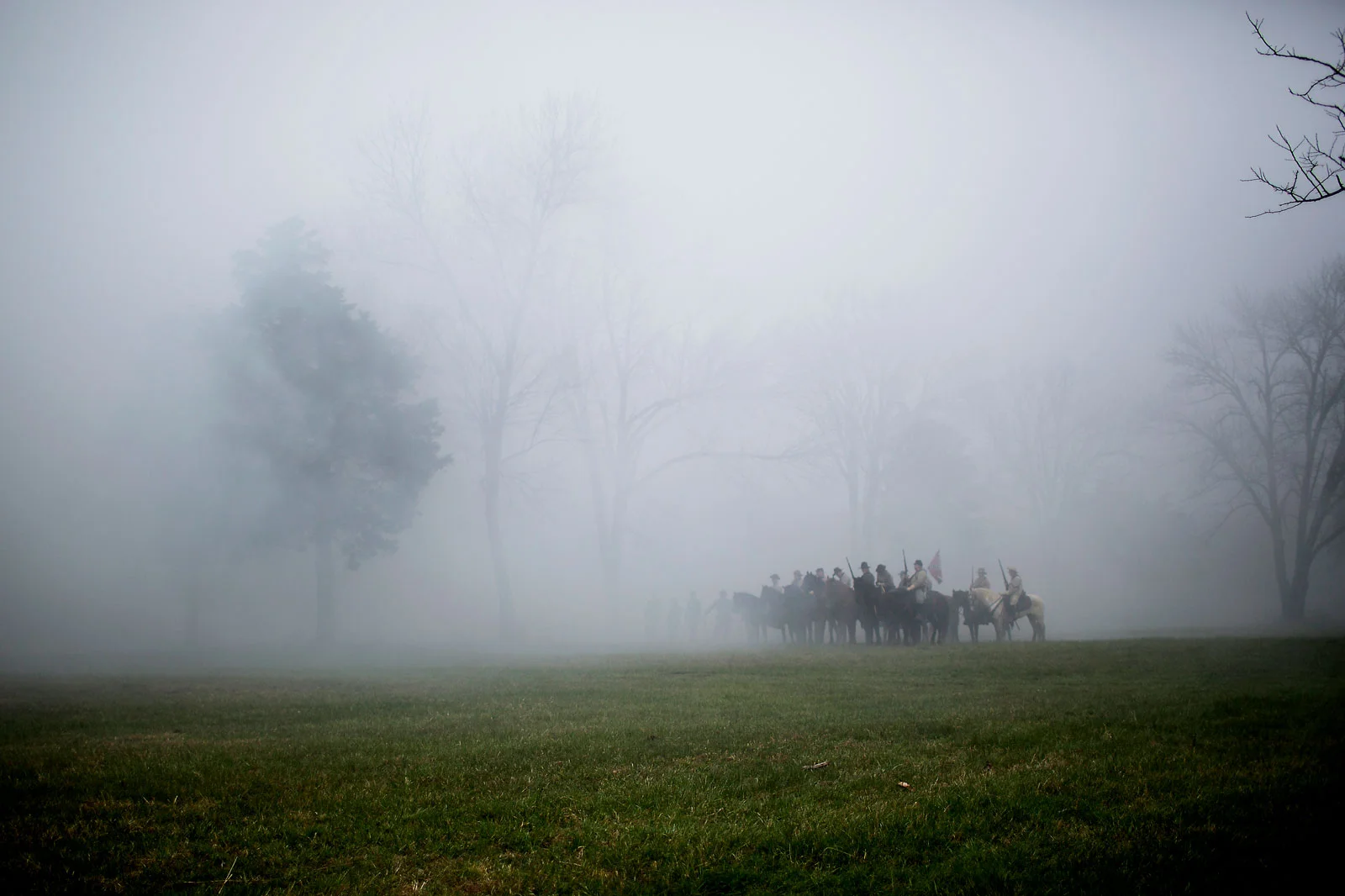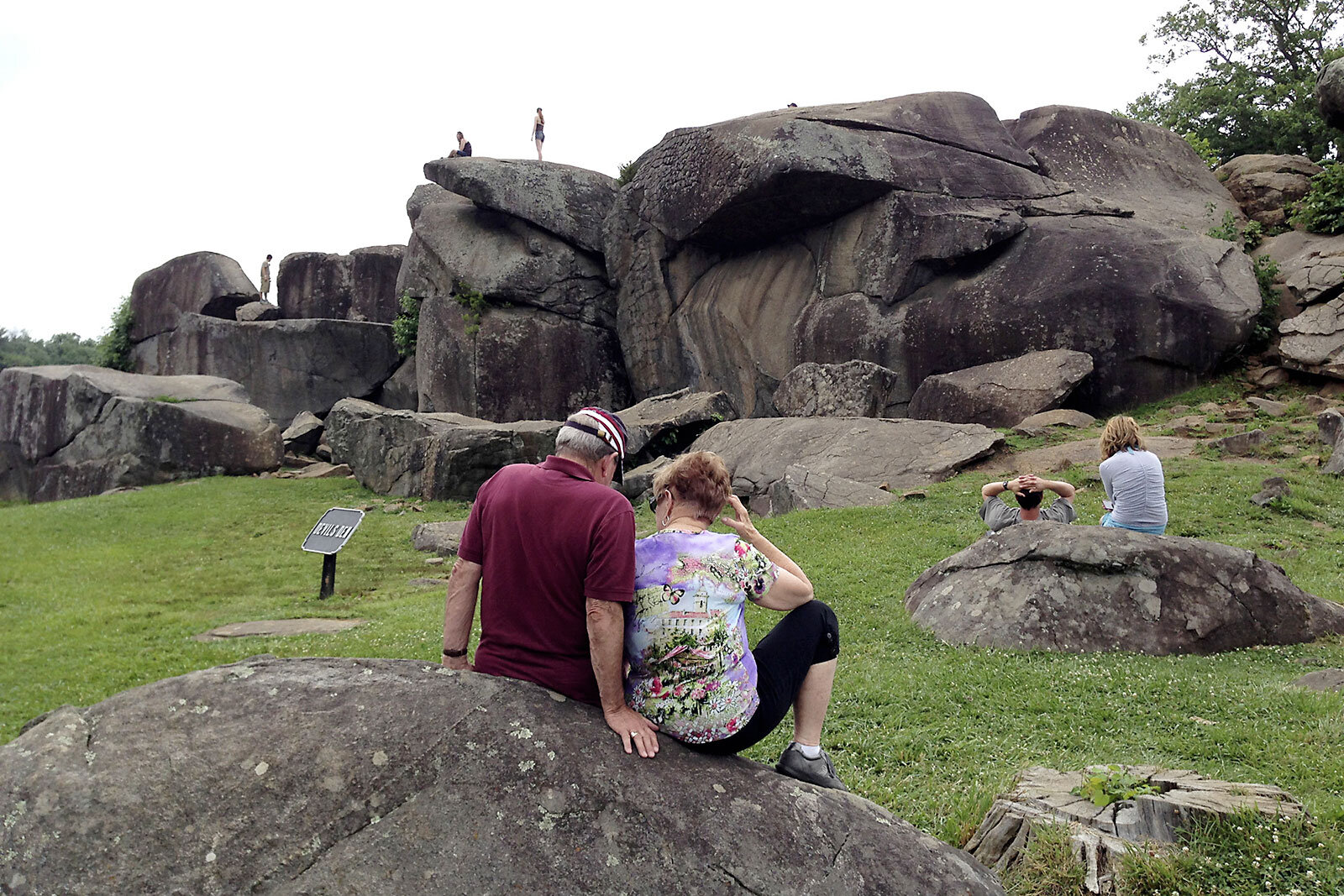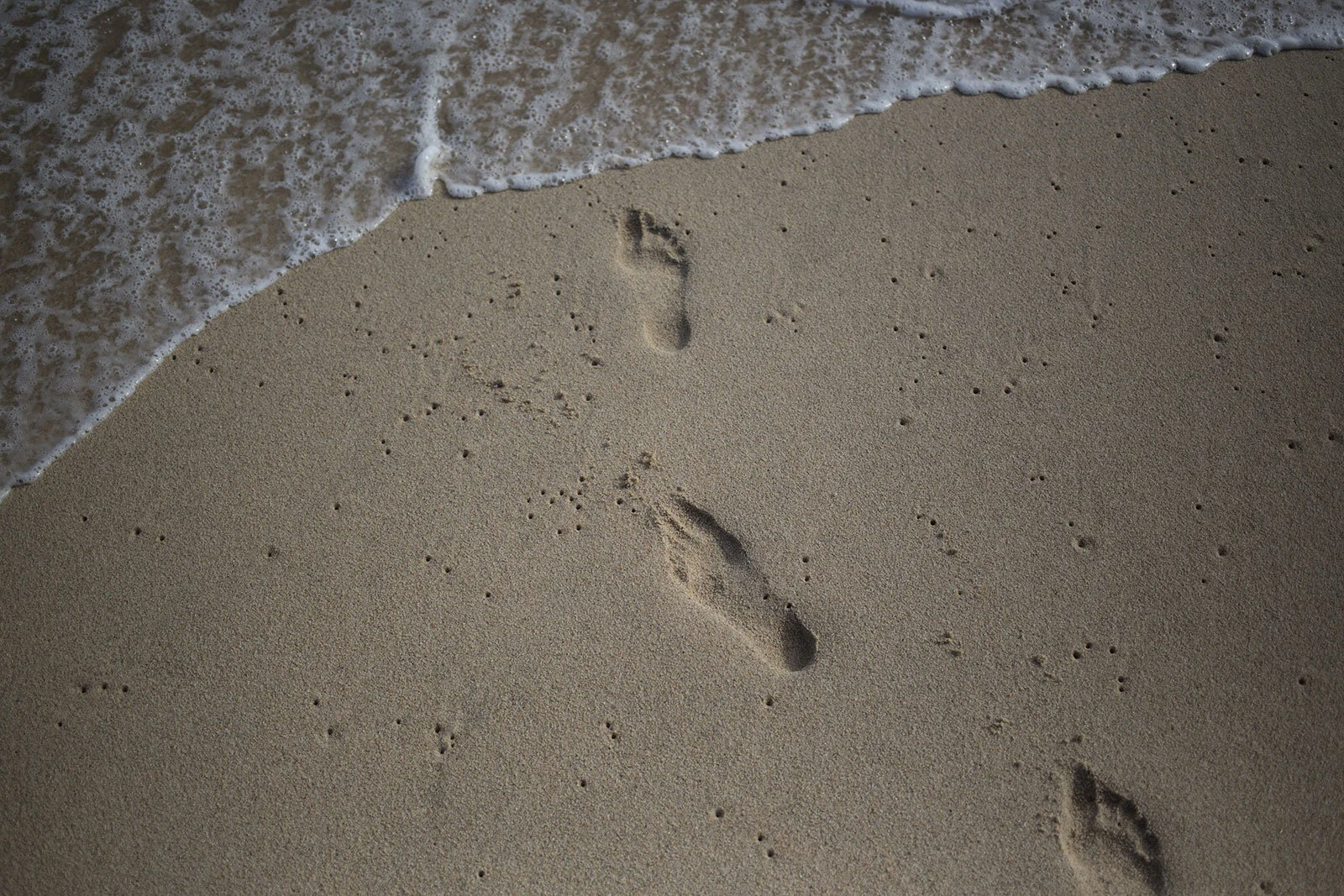Jasmine On Burgundy Street
Travel is the catalyst for a free flow of ideas, and snapshots in my phone act more and more like a logbook these days. The images and short videos often lead to a quick mental exercise of writing a couple of lines to venture outside the confines of photography for a moment but keep it visual. It's often the image first, followed by a series of words that more or less stick together as a roughed-out reflection.
I've always kept notes, bits of thought, turns of a phrase heard, borrowed, or mine that one day will manifest a country song filled with ghosts, the unsavory outskirts of town, and a train or two. This last trip to New Orleans, Louisiana, in so far as note gathering and eating, was more than rewarding.
Steeped in preserving traditions, an unmistakable and enchanting beauty exists in being born again. With the river forming a crescent around the city's flood walls and streets too narrow for the sun to set on the same town twice, there is an air of constant flux, transmigration, and resurrection.
smell the jasmine on Burgundy Street
witness trees greet with stories of original sin
between houses the color of morning light
unseen spirits gather in joyful masses
far from the booze and the clamber
Prince Conti Hotel
French Quarter
April 2023
NEW ORLEANS -- The exuberance of this sunken ancient city built, bought, and sold by new world immigrants for hundreds of years is intoxicating. With geography tossed by flood and fire, it's a crown jewel of the South. Once a French colony, the history is as rich and complex as each unique flavor brought by cultures worldwide. Near and far from any ordinary town, you can thank the French, the Spanish, oui the French once again, and finally, the Americans for that.
Not one to be left out of a fight to protect aristocratic entitlement, the British invaded the newly formed state of Louisiana in late 1814. No, the Southerners did not abide this aggression, nor did it stop the late-night parties filled with drink, dance, food, and music. The perceived and real debauchery only added to the confusion and frustration of the royal army, who outnumbered the Americans two-to-one. Couple arrogance with deadly accurate cannon fire from rum-soaked Baratarian pirates, and it's a rout. As the smoke clears, the ragtag US forces will hold the line at the Chalmette sugar cane plantation on January 8, 1815.
Part of the rampart where outnumbered American troops and Baratarian pirates held off the British army at the Battle of New Orleans, 1815. The campaign for control over the Crescent City begins in late 1814, the battle in the sugar cane fields of the Chalmette Plantation erupted January 8, 1815.
Pointing at the British retreat route into the swamp. Look at them go.
Flipping back through the timeline to French occupation, in short, Napoleon Bonaparte signed a deal with the US by treaty or by conquest, accounting for the near totality of the Mississippi River Valley in 1803. The Louisiana Purchase was a firesale deal, clocking in at just $.03 an acre or 15 million dollars, doubling the acreage of a burgeoning country. Freshly hewn, the eventual states from this vast and sweeping transformation will form Arkansas, Iowa, Kansas, Missouri, Nebraska, and Oklahoma, parts of Colorado, Louisiana, Minnesota, Montana, New Mexico, South and North Dakota, Texas, and Wyoming.
Thirteen hundred years before European explorers stumbled on the Mississippi River delta, the Choctaw called lands that now comprise New Orleans, Bulbancha, "the place of many tongues." With this news in your back pocket, it is not surprising that throughout the city's history, trade and immigration have played an outsized role. Huddled masses of Irish immigrants carve a niche, Germans, Scandinavians, and Sicilians make a play, resettled post-Katrina Mexicans, Hondurans, Central Americans, Vietnamese, and Hungarians. But first, we have actual pirates, rum runners, slave traders who pervade and saturate the too-numerous-to-count antebellum chattel markets, and sugar cane barons out to make a killing on the world's party drug: sugar.
The Napoleon House is a historic landmark located in the French Quarter of New Orleans. Built-in the early 1800s, it was initially intended to be the residence of Napoleon Bonaparte during his exile, though he never lived there (he died). Today, the building is a popular bar and restaurant known for its classic New Orleans cuisine and European-inspired decor. 500 Chartres St, New Orleans, LA
Domino Sugar facility as seen from the Mississippi River.
Sitting like a cavity-filled citadel on the banks of the Mississippi, once one of the world's largest sugar processing plants, the Domino Sugar facility, also called the Chalmette refinery, can process 7 million pounds of sugar cane a day or 2 billion pounds annually. Throughout history, cotton, sugar, and slaves battled for New Orleans' number one export supremacy. Replaced by soybeans, aircraft parts, and refined petroleum products signify that times change for the most part. Still, the sugar barons have left their mark.
Visitors thrive on chewy pecan pralines and beignets sold at coffee shops and behind counters throughout the French Quarter. Near every popular stand, piles of beignet superstar-powdered sugar gathers in corners, speckling front door stoops, curbs, under railings, and park benches. It's a small but lofty joy to experience past, present, and future while enjoying this pillowy goodness. Simple enough, fried dough, sugar, and a cup of coffee to get your blood moving. You're gonna need it. There's walking to do. Your feet provide the best form of travel; it's slow enough to glance between the slats of steel-gated homes of former gentry and into lush courtyards. Only by foot can you closely inspect the French, Spanish, and Caribbean influence on New Orleans' unique architecture.
Early morning side street beignets for sale. Many of the more popular locations can have lines that stretch for a city block.
Protip:
Lyft often features an exclusion zone a few blocks around Bourbon Street due to abundant and enthusiastic foot traffic.
The app will suggest pick-up and drop-off spots outside this zone but traveling by foot is the fastest way to move about the Quarter. Remember the street car system, which is inexpensive and heavily utilized by locals and visitors to bring you to the Garden District and further outreaches of the city.
Canal to St. Charles and beyond the trolley has you covered.
Ghost white pale from hurricanes, college kids stumble from bars, too young to remember Katrina. Ask a local, and they will always remember the winds. Many will never forgive the initial failed federal response to a city under siege from wind, water, and then itself.
Red-nosed visitors are encouraged to view the gridded 0.66 square miles as an adult playground. On a parallel timeline, folks have been raising families and businesses here for generations. An antique shop, Keil's Antiques, on Royal Street, opened in 1899, four years before Henry Ford sold his first Model A. One hundred and twenty-four years of business goals, maintaining a shop through economic depression, plague, world wars, hurricanes, and political strife is remarkable.
Tiffany lamps and 19th-century golden-plated chandeliers are great, but tiles on the store's threshold provide a date and a little perspective.
The LaLaurie House, also known as the Haunted House of New Orleans, is a historical mansion located in the French Quarter. The house gained notoriety due to the gruesome actions of its former residents, the socialite Madame Delphine LaLaurie and her husband, who were notorious for their mistreatment and torture of slaves. Today, the mansion remains a popular tourist attraction and the subject of numerous ghost stories and legends.
Actor Nicolas Cage once owned the home.
Narrow streets and dark courtyards haunt tour groups hunting for wisps of voodoo spirits marching in the first line. Young and not so young, some dressed as all-black goth lords to pleated khakis and an oxford follow in the second. More the same than different, New Orleans welcomes all to listen to ghost stories with glee. There are so many ghost stories. Nicolas Cage is even involved in a few. Yes, the guy who steals the Declaration of Independence.
Manifesting your own haunt is big easy here. Slip off to a corner booth in a well-worn bar, wander any side street, and listen to the night rise and fall. Sure, New Orleans is a cacophony of inspiration, but leave it to Bob Dylan to simplify it to a poem.
